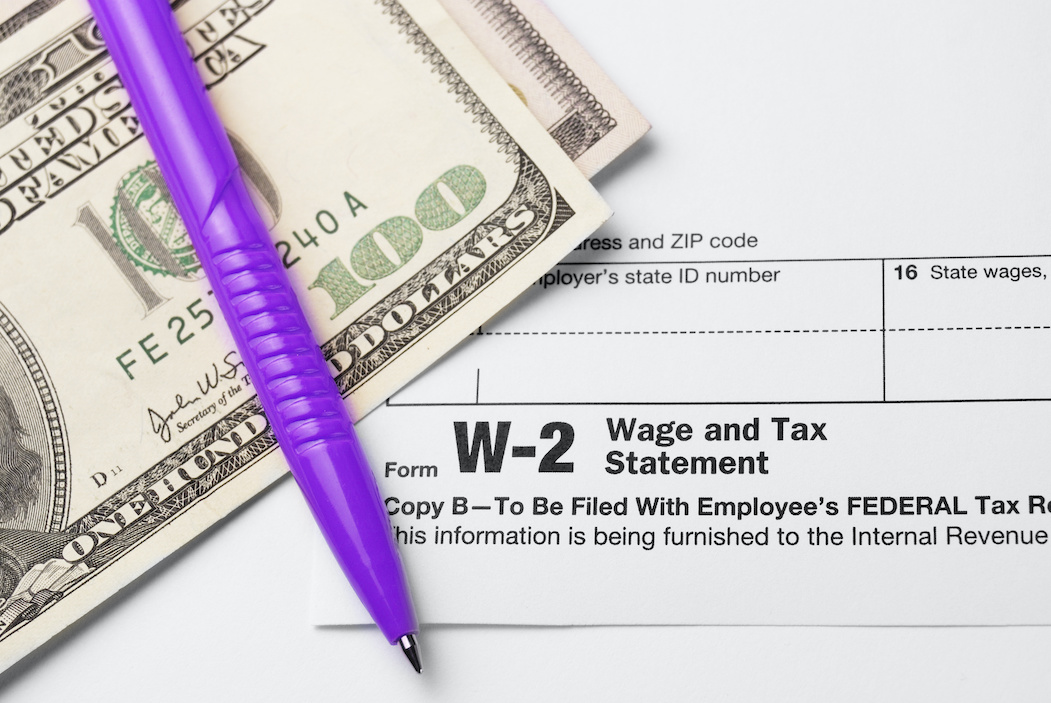Join us on Tuesday, November 9, 2021, at 11a.m. to review real life scenarios regarding the vaccine rule and discuss potential options and solutions to conundrums created by the OSHA Emergency Temporary Standard (“ETS”) regarding vaccines. Our discussion will include:
How do employers determine whether they have 100 or more employees – do part-time, temporary, or leased employees count? What about independent contractors?
What if an employer’s worker headcount changes based on seasonality (e.g. increased employees over the Christmas holidays)? When do employers do the “headcount”?
As an employer, desperate for employees in this era of labor shortages, is there any reason why employees shouldn’t just be given the choice between the vaccine and testing? Won’t maximum flexibility help employers with recruiting and retention?
Where do employers start with the analysis of deciding what vaccine or testing options to offer employees? Can employers ask employees who is/is not vaccinated?
Can an employer require all employees just to get the vaccine and forget worrying about the testing option?
Should an employer reserve the testing option only for those with a religious or medical exemption?
How are work-at-home employees affected by the ETS?
The ETS says that employers are NOT responsible for paying for COVID testing – but does Pennsylvania (or other state) law require that employers pay for the testing?
What if the cost of testing would drop an employee below minimum wage or cut into overtime for the employee? If s/he voluntarily chooses testing is that okay?
Does the government pay for testing or Is the employer’s group health plan going to pay for all of this testing and what does that do to rates? What if the employee doesn’t have health insurance?
What day of the week do employers test and should a rapid antigen or PCR test be required?
Can employers require vaccines or testing to be done during non-work hours?
What if the vaccine or testing is done during work hours?
Is the time the employee spends on the vaccine or testing compensable?
Can employers just buy some of those at-home COVID tests and distribute them?
What should employers do with all of the vaccine and testing information that they are required to collect under this rule?
How long will the ETS remain in force?
How will OSHA enforce this?
If you’re an under 100 employee employer, can you breathe easy? Or are you the next target for OSHA?
Isn’t someone going to sue and overturn this mandate, so employers can ignore it?
OSHA’s ETS will be effective 60 days from now or January 4, 2022. This means that employers have two months – which are filled with holidays – to make decisions, roll out and communicate policies, procedures and plans to comply with the rule.


